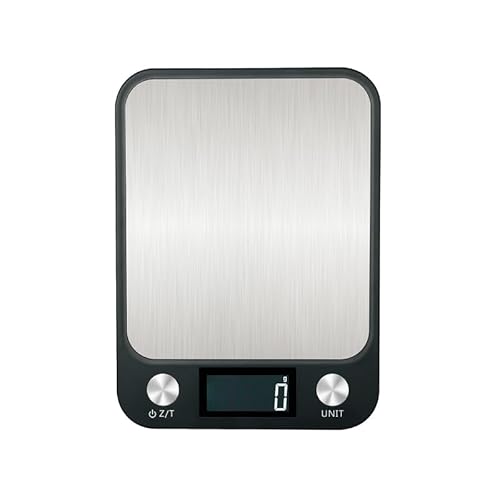If the original recipe was sound and everything was measured correctly, it is quite possible that there was a false trace, in which case the ingredients would separate in the mold. Saponification would not yet be complete. I’m not sure what else would have caused the soap to separate. (Maybe you or someone else has an explanation?) Finishing the soap with a hot process would correct the false trace.
We don't know if the batter was separated or not, or if it was starting to separate at that point - she said there were small beads of oil on top of some of the bars and that was all. Tbh, the photos didn't look that bad - and some bars were definitely unsealed and the edges were popped off the mold.
Now, those beads of oil could be sign of separation (although I doubt it, since the beads were small and the bars were solid, even though soft and sticky due to the high water percentage. Even if it has started to separate, there was a pretty good chance the small amount of oil will get reabsorbed and there was nothing to worry about). Or, those beads could be just the soap sweating, which is harmless. Or, it could be the EO if not incorporated properly. Without seeing for ourselves, without a proper check and a decent enough observation, you, me and everybody else can only speculate about the actual state of the batch and the reason for the problem, if any. Unfortunately, we can only help with an advice, based on our speculation. And any advice should be taken with a grain of salt. Always.
I still believe she should have just let the soap be and observe it. Probably, after 6 months or so, it would have been great soap, and in the mean time she would have made many more batches which she could use earlier than this one. HP can be frustrating for beginner soapers, it can lead to panic and more mistakes, that's the reason I was against it (at least against the "classic" pot rebatch).
However, I agreed with you and AliOop that the OP would definitely benefit from some "oven HP", no matter the case. If it was starting to separate or was already separated, the heat would help the batter get back together and lose liquid. If it was not separated, it would still lose liquid and get hard fast - in theory, it should have worked great. Unfortunately, OP tried that and it was not up to the expectations and didn't provide the results we hoped for, and it went downhill from there...
Of course, it's not the end of the world. The next batch will be perfect, this will be a mistake of the past, a stepping stone. We all who participated in the conversation have a feeling of fulfillment, that of giving good advice - because that was the best advice we could possibly provide at the moment. All's well that ends well.
^^^agreed 100%. There seems to be a false idea that saponification is complete when the batter is poured into the mold. That isn't even necessarily true with hot process, depending on how long it was cooked. It definitely isn't the case with cold process soap, which can take days to finish saponifying.
I agree. For CP, it could take 24-72 hours, give or take, for full saponification. There's also no guarantee that HP is fully saponified after the cook - unless cooked to a particular consistency and zap tested to be sure. Some people, though few, cook it only to speed up the process by forcing gel stage and leave it partly finished.
lesson learned
so along those lines…all the YouTubers I have been watching on soap making use ph strips to test, but then researching today I learned ph testing isn’t really accurate. So how do you know when your soap is safe to use/not lye heavy?












































